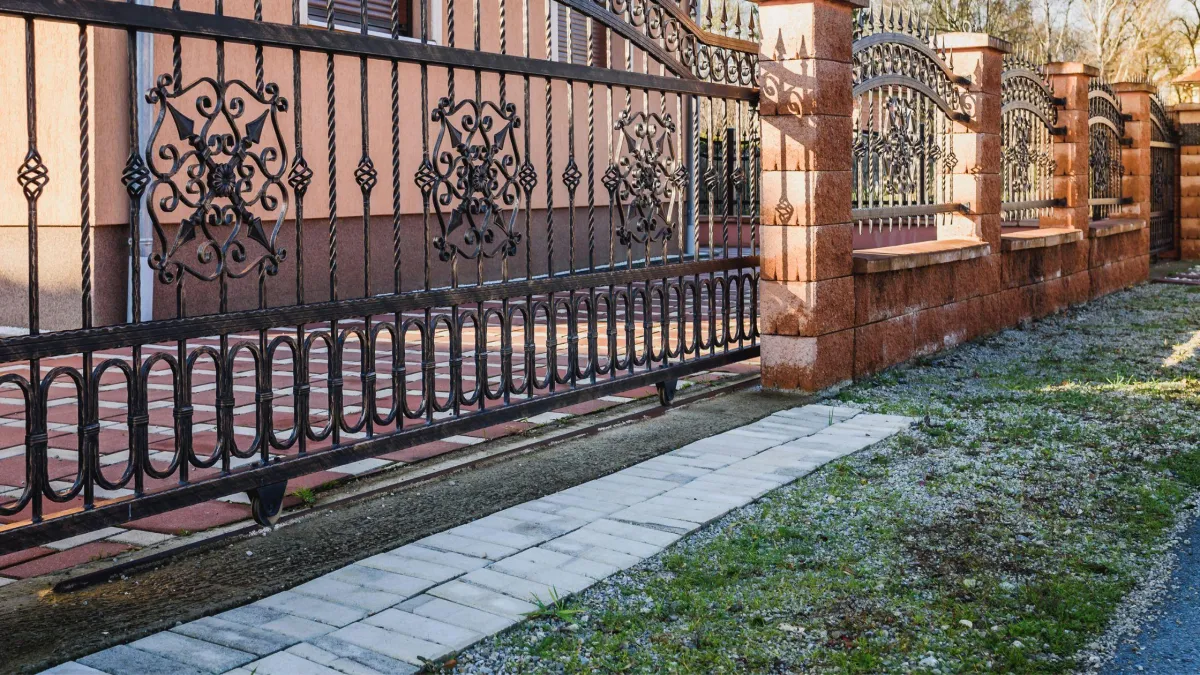Sell Your Home Quickly With Lowcountry Charmed
Are you ready to sell your house in this hot market?Call (843) 790-4522, or fill out the form.
Sell My House Now
Are you ready to sell your house in this hot market call (925) 325-4663 or fill out this simple form.
BLOG

Choosing and Maintaining the Perfect Fence for Your Home: A Comprehensive Guide
A fence does more than mark property lines—it adds curb appeal, enhances security, provides privacy, and can even increase your home’s value. Whether you're looking to keep pets in, nosy neighbors out, or simply give your home a polished finish, selecting the right fence is key.
In this comprehensive guide, we’ll walk you through how to choose the best fence for your property and how to keep it in great shape for years to come.
Step 1: Define Your Fence’s Purpose
Start by identifying why you want a fence. This will guide your material and design decisions.
Privacy: Tall, solid fences like wood or vinyl panels offer seclusion.
Security: Metal fences with lockable gates help deter trespassers.
Curb Appeal: Decorative fencing like wrought iron or picket styles boosts aesthetics.
Pet/Child Safety: Chain link or vinyl fencing with minimal gaps can keep your family safe.
Step 2: Choose the Right Material
Here are some of the most common fencing materials and their pros and cons:
1. Wood
Pros: Classic look, customizable, affordable
Cons: Requires maintenance (staining/sealing), susceptible to rot and pests
2. Vinyl
Pros: Low maintenance, weather-resistant, long-lasting
Cons: More expensive upfront, limited color customization
3. Metal (Aluminum, Steel, Wrought Iron)
Pros: Durable, secure, elegant appearance
Cons: Can rust without treatment, higher cost
4. Chain Link
Pros: Budget-friendly, great for pet containment
Cons: Offers little privacy or visual appeal
5. Composite
Pros: Eco-friendly, mimics wood, low maintenance
Cons: Expensive, less availability
Step 3: Consider Style & Design
Height: Check local regulations and HOA rules. For front yards, 3–4 feet is common; for backyards, 6 feet is typical for privacy.
Color: Choose a color that complements your home’s exterior.
Decorative Elements: Lattice tops, post caps, or unique shapes can enhance your fence’s look.
Step 4: Installation Tips
Professional vs. DIY: DIY can save money but requires proper tools and know-how. Professionals ensure correct permits, measurements, and installation.
Permits: Always check with your city or county for zoning laws and building codes.
Utility Check: Call 811 before digging to avoid underground utility lines.
Fence Maintenance Tips by Material
Wood:
Stain or seal every 2–3 years.
Check for termites, rot, and loose boards.
Vinyl:
Clean with soap and water.
Watch for mold or mildew in shaded areas.
Metal:
Apply rust-resistant coating.
Tighten or replace loose fasteners.
Chain Link:
Inspect for rust and sagging.
Use privacy slats or vines if needed.
Composite:
Hose down regularly.
Remove any mildew with a vinegar solution.
Bonus: Landscaping Around Your Fence
Plant low-maintenance shrubs or climbing vines for added beauty and privacy.
Leave clearance between plants and the fence to avoid moisture damage and pests.
Mulch along the base to reduce weeds and protect your fence’s foundation.
The Right Fence Makes All the Difference
Choosing and maintaining the perfect fence for your home not only enhances its look but also boosts functionality and peace of mind. By understanding your goals, selecting the right material, and sticking to a maintenance routine, you can enjoy the benefits of a great-looking fence for many years to come.
Need Help Finding a Home with the Perfect Outdoor Setup?
Explore Homes with Fenced Yards
Contact Us for FREE Consultation
Whether you're buying, selling, or improving your home, Lowcountry Charmed is here to guide you every step of the way.

CJ GARRETT ROTH
Lowcountry Charmed Realty
PO Box 2475
Mount Pleasant SC 29465






